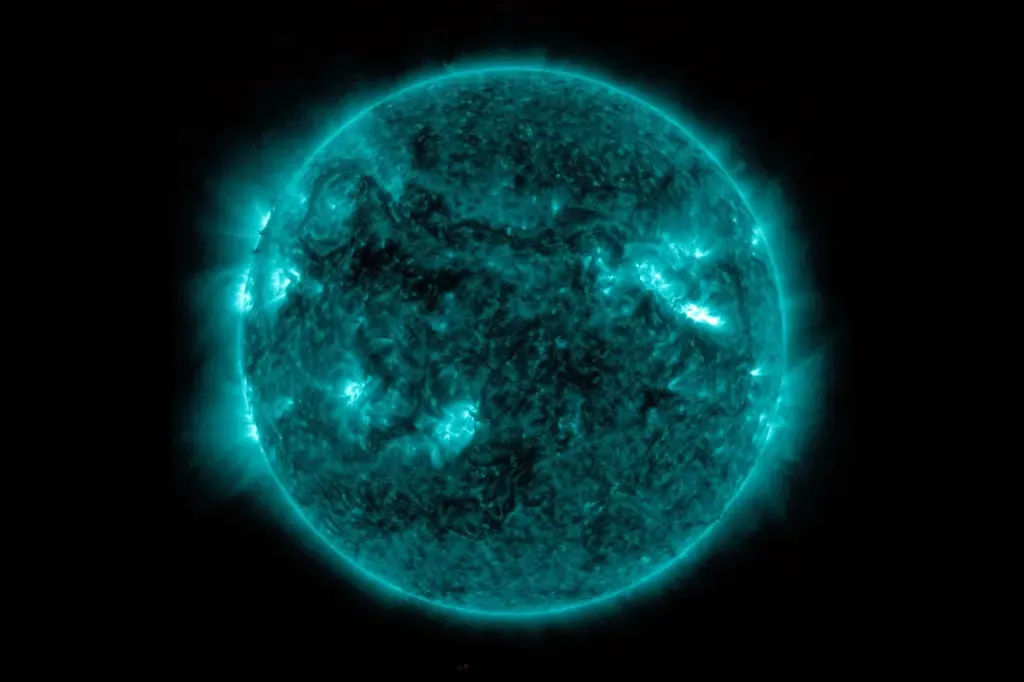Unprecedented Solar Flare Rocks Pacific Region
An extraordinary event unfolded this week as an immensely powerful solar flare wreaked havoc across the Pacific, plunging the region into widespread radio blackouts. According to a report from space.com, on April 30, the sun unleashed a 12-minute eruption of near X-class solar flares, marking one of the most potent outbursts observed.
Understanding Solar Flares
NASA explains that solar flares occur when magnetic fields surrounding the Sun undergo reconnection, releasing immense amounts of energy. These flares, classified by their strength, range from the mighty X-class to the less potent M-class, followed by C-class and B-class flares.
Intensity and Impact
The April 30 flare, recorded at an M9.53 intensity by NASA’s GOES-16 satellite via spaceweatherlive.com, fell just shy of X-class status. Its effects were palpable as it ionized the upper atmosphere upon striking Earth. Mariners and ham radio operators experienced signal loss below 20 MHz for up to 30 minutes post-peak, as reported by spaceweather.com.
Origins and Significance
This formidable solar eruption originated from sunspot region AR3654, marking the most powerful event to emerge from this area to date. “It is always exciting when a sunspot region lives up to its potential. AR3654 has just done that,” remarked solar scientist Alex Young on X.
Rising Frequency
The frequency of solar flare eruptions has escalated in recent years as the Sun approaches solar maximum, the zenith of its approximately 11-year activity cycle.
Monitoring and Mitigation
Solar flares, traveling at the speed of light, pose risks to spacecraft, satellites, and certain ground-based stations. Vigilant monitoring by agencies such as NASA, NOAA, and the US Air Force Weather Agency (AFWA) enables timely awareness and response.
Dispelling Misconceptions
NASA experts underscore that while solar flares can cause substantial disruptions to technology on Earth, the notion of “killer flares” capable of lasting damage to the planet itself is unfounded.















































